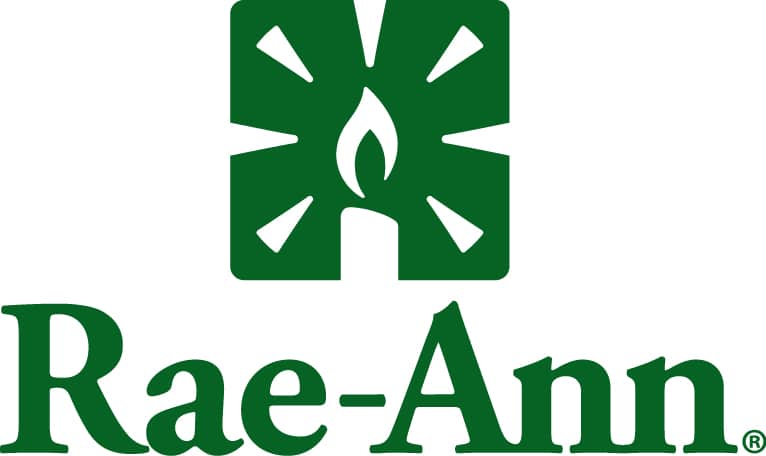Health savings accounts (HSAs) allow eligible taxpayers to set money aside, pretax, in an account that they can use for certain medical expenses. Recent data from the Consumer Financial Protection Bureau indicates a substantial growth in the number of HSAs in recent years. Taxpayers reportedly had around 36 million HSAs in 2023, with balances totaling more than $116 billion. HSAs are subject to annual contribution limits with adjustments for inflation. The IRS recently announced the new contribution limits for 2025. This article will discuss HSAs, highlighting their advantages and the recently revised contribution limits.
What Is a Health Savings Account?
Congress first created HSAs in 2003, and they became available in tax year 2004. The Medicare Prescription Drug, Improvement, and Modernization Act of 2003 added a new § 223 to the Internal Revenue Code (IRC) defining HSAs.
Who Is Eligible for Health Savings Accounts?
A taxpayer must be enrolled in a High Deductible Health Plan (HDHP) to be eligible for an HSA. As the name suggests, this is a healthcare plan with a higher deductible, but often with lower premiums. The insured must pay more out-of-pocket before the insurer begins paying benefits. An HSA provides tax-free funds to cover pre-deductible medical expenses.
Taxpayers may have more than one health insurance plan, but they must all be HDHPs. If a taxpayer has a plan that provides more coverage than an HDHP, they will not be eligible to open or contribute to an HSA. They may continue to use funds in existing HSAs.
Many financial institutions, including banks and credit unions, may offer HSAs. Taxpayers may open an account on their own, or their employer can create an account for them. Similarly, they may make their own deposits or have their employers take deposits out of their paychecks.
How Is a Health Savings Account Different from Other Healthcare Spending Accounts?
HSAs are similar to other health savings accounts, such as flexible spending accounts (FSAs), in many ways. Most of these accounts provide tax advantages and are limited to qualifying medical expenses. HSAs have some important differences, though.
- HSA funds can roll over from year to year, while taxpayers can only use FSA funds in the year they deposit them.
- Taxpayers can open their own HSAs, as long as they have a qualifying HDHP. FSAs are an exclusively employer-sponsored benefit.
- Taxpayers who have HDHP coverage can open multiple HSAs. They can only have one FSA per employer. A taxpayer can only have multiple FSAs if they work more than one job.
How May Taxpayers Use Funds in Their Health Savings Accounts?
Taxpayers may use HSA funds for “qualified medical expenses,” as defined by § 213(d) of the IRC. This may include:
- Expenses related to “the diagnosis, cure, mitigation, treatment, or prevention of disease;”
- Transportation required for medical care, such as ambulance rides;
- Certain long-term care services;
- Lodging that is “essential to medical care,” provided that it is “not lavish or extravagant under the circumstances” and has “no significant element of personal pleasure, recreation, or vacation;”
- Prescription medications;
- Menstrual care products; and
- Cosmetic surgery that is directly related to “a congenital abnormality, a personal injury resulting from an accident or trauma, or disfiguring disease.”
The statute defines “cosmetic surgery” as a procedure that:
- Is intended to “improv[e] the patient’s appearance;” but
- Does not “promote the proper function of the body or prevent or treat illness or disease.”
What Adjustments Did the IRS Make for 2025?
IRC § 223 sets various numerical limits for HSAs, but these are based on economic conditions in 2003. The statute gives the IRS the authority to adjust the limits every year to account for inflation and changes in the cost of living.
Which Insurance Plans Are “High Deductible?”
The statute’s definition of “high deductible” and the IRS’s adjustment are as follows:
| Calendar year 2004 | Calendar year 2025 | |
| Deductible, individual coverage | $1,000 | $1,650 |
| Total out-of-pocket expenses, individual coverage | $5,000 | $8,300 |
| Deductible, family coverage | $2,000 | $3,300 |
| Total out-of-pocket expenses, family coverage | $10,000 | $16,600 |
What Are the Contribution Limits for 2025?
For calendar year 2004, the HSA contribution limits were $2,250 for an individual plan and $4,500 for a family plan. The statute also allows taxpayers who are at least 55 years old to contribute an additional amount, known as a “catch-up contribution.” This amount was $500 in 2004, increasing by $100 each year until 2009. It has remained at the level set by the statute for 2009, $1,000.
The 2024 and 2025 limits are as follows:
| 2024 contribution limits |
2025 contribution limits |
|
| Individual coverage | $4,150 | $4,300 |
| Family coverage | $8,300 | $8,550 |
| Catch-up contribution | $1,000 | $1,000 |
What Does This Mean for Taxpayers and Employers?
HSAs are an excellent way for taxpayers to build a tax-free reserve of funds for medical needs. Employers can promote employee health and satisfaction. Both can take advantage of tax benefits.
If you have any questions or would like additional information, please contact our team for an employee benefit plan audit to review, assess, and correct compliance issues.
Related Insights
Featured Post

Featured Client Testimonials
BW is a true partner to us. Their knowledge, expertise, and service are a valuable resource to us and play an important role in our success!
John Allen - Vice President of Finance, Kaufman Container

Featured Client Testimonials
I appreciate the exceptional tax advice we received over the years. The (BW team) has a good grasp of our business needs. Thank you for your excellent service.
John Griffiths - Owner, Rae Ann, Inc.

Featured Client Testimonials
Barnes Wendling has been our company accountants for over seven years. Their knowledge has been instrumental in helping us grow strategically during this time. And although we’ve seen many changes in our economy that we cannot control, we’ve always been able to trust the Barnes team to be by our side. The Barnes team feels like family. We can’t thank them enough for their support!
Christine Kloss - Controller, AT&F

Featured Client Testimonials
Barnes Wendling has been our company accountants for over 15 years. During this time, the business has grown exceptionally, and Barnes has kept pace, providing accurate, quality advice. Our finances are more efficient than ever, and the expense of hiring Barnes has been a definite positive add to our bottom line. I give my highest recommendation to their firm.
David Miller, MD - President, Retina Associates of Cleveland

Featured Client Testimonials
Barnes Wendling has provided us guidance and recommendations that have strategically helped strengthen our business and position ourselves for growth. We needed to hire a new VP of Finance and Controller this past year, and they were instrumental in helping us find the best candidates for our company.
Sara Blankenship - President, Kaufman Container

Featured Client Testimonials
We value the trust, accuracy of information, and reliability of Barnes Wendling and Mike Essenmacher personally. Mike has been instrumental as a trusted advisor on accounting, tax, and personnel issues. His advice is always accurate, and he is very reliable. His associates are also very talented.
Dominic Ozanne - President and CEO, Ozanne Construction Company

Featured Client Testimonials
We value Barnes Wendling’s expertise with all things accounting so we can operate our business using our strengths and allowing them to be our experts. They have also brought me a few business sale opportunities to allow me to grow my assets.
John Gaydosh - President and Metallurgical Engineer, Ohio Metallurgical Service

Featured Client Testimonials
Barnes Wendling (especially Lena) did a great job with our financials. Everything. It is extremely refreshing and comforting to know that all of our numbers are not only correct, but they are in the right place(s). Your diligence and reporting truly does make me (personally) feel better.
Thomas Adomaitis - Controller, Bialosky Cleveland

Featured Client Testimonials
I can wholeheartedly tell you that I have yet to work with an audit or tax team that have been more helpful, easy to work with, and committed than the team at Barnes Wendling- I have been through three different firms in the last few years.
Michelle Saylor, Former Controller, Aero Mag

Featured Client Testimonials
Floyd Trouten at Barnes Wendling CPAs is an “expert’s expert” when it comes to M & A accounting. Not only does he understand the evolving details of the Tax Code but he also sees the fine points of their application for owners, managers, investors, and financiers.
Mark A. Filippell, Western Reserve Partners

Featured Client Testimonials
The service is amazing at Barnes Wendling CPAs. The benefit is worth more than the cost. Sometimes it’s true that you get what you pay for.
Mark Boucher - Former Owner, Castle Heating & Air








